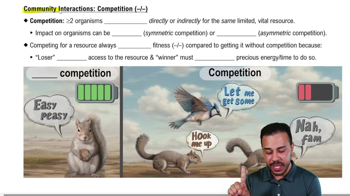Movement of phloem sap from a source to a sink
a. Occurs through the apoplast of sieve-tube elements
b. Depends ultimately on the activity of proton pumps
c. Depends on tension, or negative pressure potential
d. Results mainly from diffusion
 Verified step by step guidance
Verified step by step guidance Verified video answer for a similar problem:
Verified video answer for a similar problem:

